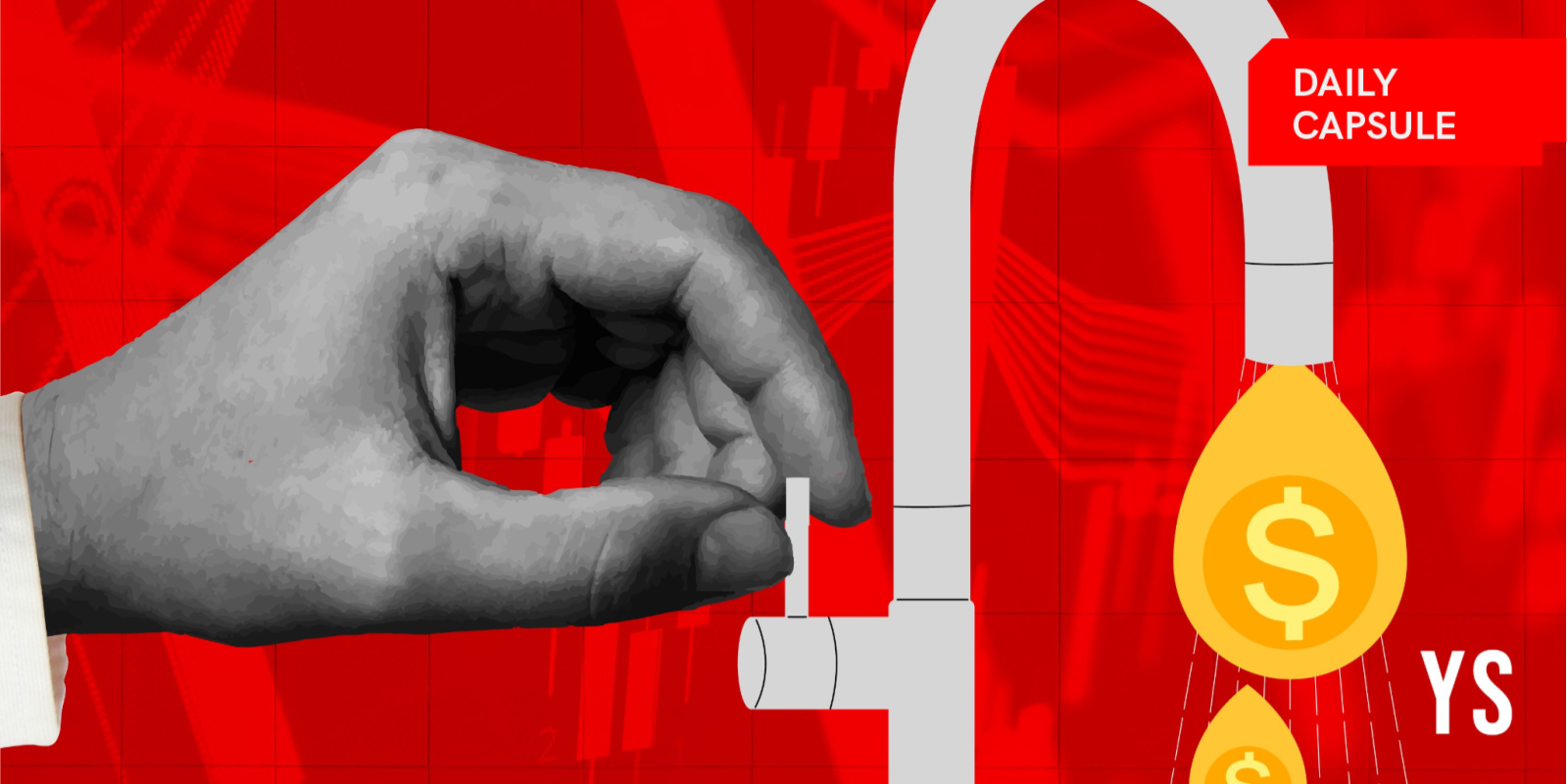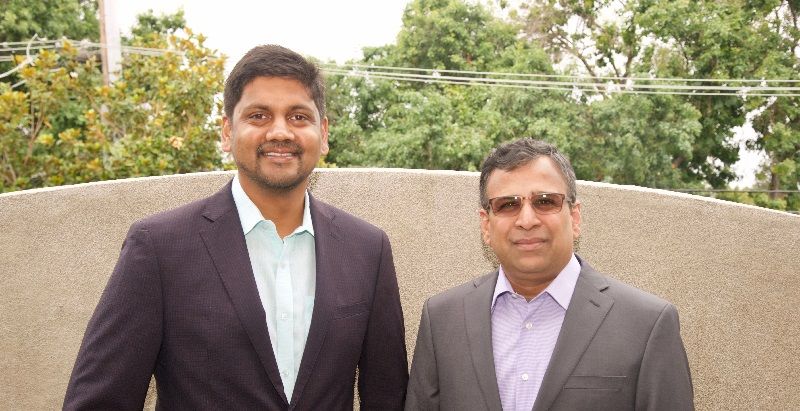Reimagining India’s credit ecosystem with alternative data-based products
With digital footprints deepening further and deep learning algorithms constantly improving, alternative data-based lending has the potential to transform the retail credit ecosystem in the country.

At the recently concluded Singapore FinTech Festival, Prime Minister Narendra Modi stated, “With the power of fintech and the reach of digital connectivity, we have started a revolution of unprecedented speed and scale. To begin with, financial inclusion has become a reality for 1.3 billion Indians. We have generated more than 1.2 billion biometric identities — called Aadhaar or foundation — in just a few years. In three years, we have opened 330 million new bank accounts. These are 330 million sources of identity, dignity and opportunities.”
With massive cell phone penetration, more than a billion biometric identities and bank accounts, India, by far, has the largest ID-related public infrastructure in the world.
Today, banks and NBFCs realise the potential of this untapped segment of nearly 167 million smartphone users (40 percent of the adult population) and are examining how best to expand credit to them. Alternative data - based underwriting for unsecured retail credit has finally come of age with demonstrated impact. Alternative data-based products have also evolved considerably and now cover the entire range of the lending process, with underwriting, fraud detection and income verification generating the most value for lenders.
Technology that is inclusive
The ongoing digital revolution is transforming the everyday lives of individuals. Subsequently, there has been an increase in new age-services that did not exist a decade ago. However, this revolution is yet to include all segments of our society. Even with the increase in bank account openings, many individuals do not have the necessary documents to avail a loan. Even in the under-35 age group, the coverage of credit bureau data is particularly low. However, this segment of credit-seekers is arguably the most productive within the population. Denying reasonably-priced institutional credit to them only means that the Indian economy is losing out on considerable productive potential. This is where alternative data-based credit can play a huge role. Data indicates that the predictive power of alternative data-based underwriting exceeds that of traditional models employed by credit bureaus, with banks and NBFCs now being able to underwrite 15 percent more new-to-credit customers, at the same level of risk.
Alternative digital lending has distinct advantages over traditional lending for banks and NBFCs:
- Higher approval rates: Our products have helped our partners to disburse small-ticket loans of up to 60,000 INR with a 15% higher approval rate.
- Lower cost of underwriting: A huge amount of documentation, third-party resource utilisation and lengthy processes makes it difficult for financial institutions to tap creditworthy consumers from first-time borrowers requiring unsecured loans for short durations and small amounts. By automating the lending process for unsecured small-ticket loans, it is possible to cut the cost of underwriting new-to-credit applicants by 50 percent.
- Faster turnaround time: The total time for loan disbursal can be reduced from 2-3 days to less than five minutes.
- Greater accuracy of underwriting: Advanced, AI-based algorithms are shown to be twice as effective as traditional underwriting methods. Lenders have witnessed 33-percent lower delinquencies[1]. Moreover, alternative data-based algorithms have also improved prediction of rates of default for individuals with an existing credit history. This can be partially attributed to both the number of data points, as well as the fact that the data is in real time and far more relevant.
With digital footprints deepening further and deep learning algorithms constantly improving, alternative data-based lending has the potential to transform the retail credit ecosystem in the country, which is growing at approximately, which is growing at approximately 15 percent annually. More than a quarter of the population has been estimated to use smartphones by the end of 2018 leaving banks and NBFCs the opportunity to significantly increase the consumer credit to GDP ratio in India from the current 15[2].
The road ahead: towards a holistic pre-lending process
The Reserve Bank of India has issued a directive to lenders to strengthen their KYC procedure as a part of the overall efforts to strengthen risk management in lending. The objective of this move is to have a more comprehensive due diligence for customers and change the standard way of collecting and verifying identification documents.
The interpretation of 'customer due diligence' has been left open to the financial institutions. Many individuals find the very task of interacting with banks as tedious and comprehensive due to the sheer amount of documentation required for different financial services. Financial institutions, on their part, collect data that they deem important. Many of these documents are unnecessary paperwork that an individual needs to keep ready.
There are five types of fingerprints that most individuals have – a social fingerprint (anything you put on social media), a device fingerprint (eg SMS), a browser fingerprint (anything that identifies a person’s device), a clickstream fingerprint (how fast a person types) and a biometric fingerprint (the physical fingerprint). The type of data source it uses can vary. Alternative data-based tools will play an overarching role in using a combination of these fingerprints to assess credit risk. For example, social network mapping, determining intent, propensity to pay, etc.
This is a great opportunity to develop a more comprehensive and robust alternative data-based products and drive their adoption. Banks and financial institutions are turning towards fintech companies to usher in the digital revolution. They are becoming more open to innovation and are adopting technology at a faster rate, thereby improving their customer experience as well. With more comprehensive risk management becoming a focus, a range of products is helping lenders save time, reduce the cost and improve the accuracy of the lending process, as well as reducing the chances of slip-ups due to human intervention.
In recent years, there have been commendable efforts to create more robust technical infrastructure on the part of several public bodies, which has been complemented by an evolving policy framework around lending. India is currently home to over 350 million first-time borrowers. Alternative data-driven risk assessment is the only way through which lenders can afford to give these individuals access to affordable credit. It calls for all stakeholders - lenders, technology players as well as policymakers to work together to build scale and trust in the credit ecosystem.
[1] Our data shows that the CV Score allows for a 33% lower delinquency, compared with traditional underwriting methods (based on bureau scores)
[2] China’s ratio stands at 40.
(Disclaimer: The views and opinions expressed in this article are those of the author and do not necessarily reflect the views of YourStory.)











